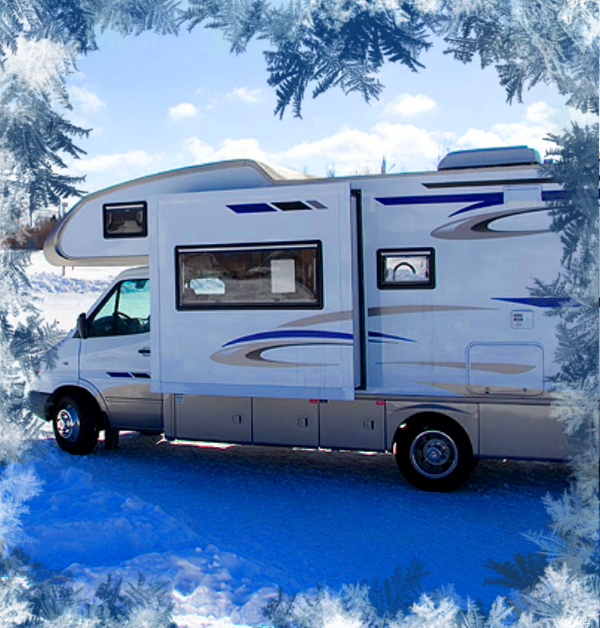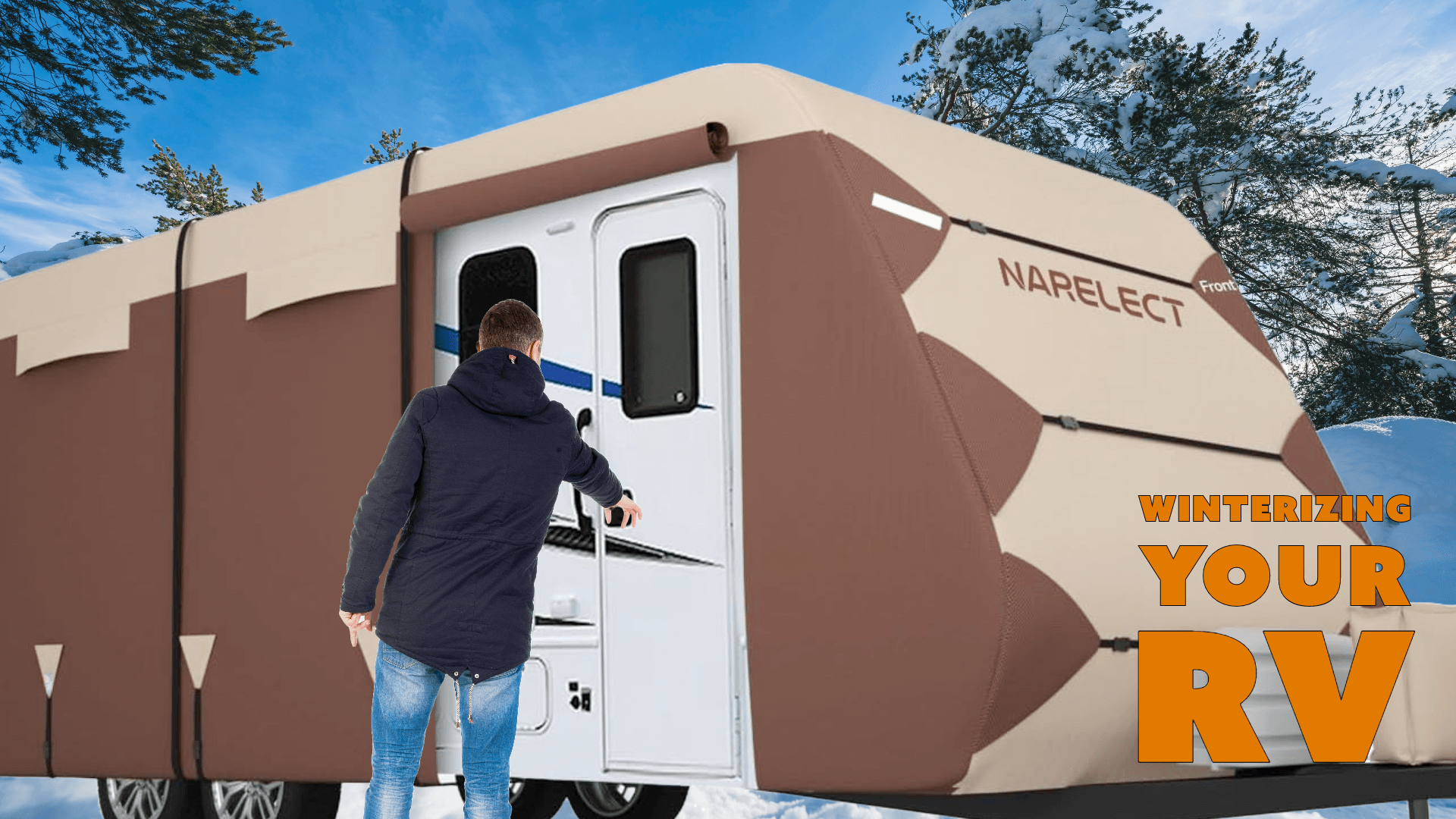4 Easy Ways to Winterize Your RV
In colder climates winterizing your RV is a necessity
By Carter Seuthe
Whether you’re an RV advocate that plans on spending some of the colder months traveling up north or you need extra protection for your RV while its being stored, winterizing is a necessity. Here are some of the few tips that can make or break an RV experience during the winter months.
1. Engine Additives
Taking care of your engine is the first step to a successful winter and should not be overlooked. During the colder nights of winter, you will start to experience below freezing weather which can corrode your RV's engine or Generator and make the fuel start to gum up. To prevent this you can buy some diesel or fuel additives which can save you from being stuck at a campsite. Usually, just 1 ounce of fuel additive per 15 gallons of fuel is recommended. This can prevent your diesel or gas engine or Generator from corroding and forming sludge. To make sure the additive is fully inside of the fuel lines, run the engine or generator for a few minutes.
Always follow the instructions of the fuel additive your are using.
Since diesel can also freeze in extreme temperatures, another good option for your RVs is purchasing a winter blend of fuel that can be found at most truck stops. A winter blend is formulated to evaporate at lower temperatures making it easier for the engine to start up in below-freezing weather.
Last but not least, do not forget to replenish your engine with antifreeze before heading out for a trip during the winter months. Filling it up with 50/50 water to antifreeze will keep your engine in top shape.
2. Water Hoses
If you plan to spend a few months camping during the winter, it might be a good idea to invest in heated water hoses that won't freeze or burst during your journey or time in storage. There are a number of hoses on the market but we recommend an energy-saving thermostat hose that only operates when it’s being used. If you’re more of a “do-it -yourselfer”, another option could be wrapping your pipes in insulated foam covers or purchasing pipe heating cables online. Whichever option you choose, we always recommend a backup just in case your original choice fails.
3. Skirting your RV
Most RV’s aren’t prepared for the cold winter months from the factory. One great way to protect your RV’s lower exterior is by adding a skirt to it while it’s parked for extended periods. Skirting your RV in rough conditions can provide an extra layer of protection to the bottom of your RV. The skirting is made to keep out the cold air, wind, and snow, helping preserve all the warm air underneath the RV that escapes from the flooring inside. On the contrary, the skirts also keep in the cold air during the summer months as well. Though it may look complex to set up, there are a few resources online that will give you a step by step set up guide on how to install their skirts. While throwing a skirt on your RV may not be worth your time if you’re camping overnight, it’s a great investment for any RV owner that stores their rig outside during the winter.
4. Tire Maintenance
If you’ve had to repair or replace your RV’s tires, then you understand the importance of keeping them in tip-top shape, as they’re condition is extremely important for the overall safety of the vehicle. During the cold months, tire pressure condenses, which can cause a flat or blow out on a tire. Maintaining traction is key, especially on wet and icy roads, so make sure that you’re keeping an eye on your tread life and pressure levels.
Another thing to consider for those that haul a trailer or 5th wheel in winter conditions is replacing your pull vehicle’s tires with off-road or winter-ready tires to ensure proper traction during the journey. When temperatures start to drop, the compound that makes all season tires more durable starts to become less flexible and lose traction, upgrading to winter tires for your vehicle can ensure a safe travel on wet and snowy conditions.
If conditions seem to worsen, buying a set of tire chains can get you out of some sticky situations. Even some trails require a set of tire chains during the winter so it would be a good idea just to purchase some and hope you don't have to use them.
About The Author
Carter Seuthe is a writer for “https://nubrakes.com/”. NuBrakes is a mobile brake repair service in Texas that likes to inform other drivers about the importance of tire and brake repair maintenance.
Do you have any suggestions or comments on this topic? You can add them to this page by using the comments section located below.




